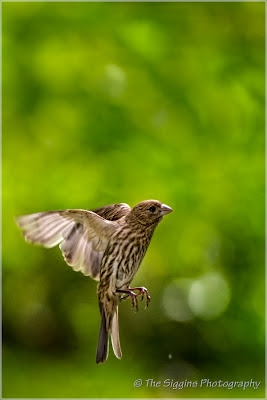You buy a bigger bag of course!
When I've traveled with my camera on the airlines in the past I carried my camera backpack with one camera body and three lenses. My big 100-400 zoom had to go in the suitcase because it wouldn't all fit. Now I have two bodies to take with me and I was afraid I was only going to be able to take one change of clothes because my suitcase was going to be filled up. In addition to the camera backpack I was also carrying a laptop backpack on these trips.
I now have a thinkTANK Commuter backpack that is big enough to carry all my camera gear plus my laptop! The cool thing is this bag is designed to fit in the airplane overhead bins or under a seat so I can keep it with me even on those little planes that fly in and out of our local airport.
You can see I have my 5D, 7D, 17-40, 24-105, 100, and 80-400 in there, plus my flash, a collection of filters, and a bunch of misc. accessories. The blue thing in the middle is a rain fly for the bag. My other Tamrac bag claimed to be weather proof but I learned this past spring that it's not 100%.
When I put all this stuff in one bag and then strap the tripod on the side I have to get a crane to lift it on my back. My plan is to keep my old smaller bag and use it for hiking where I take only what I need.
This bag is extremely well built and looks like it will last forever, or until I outgrow it again. It came highly recommended and rated online. Everyone I know that has a thinkTank bag was really happy. I'll let you know how the bag works out after we get back from Glacier.

















